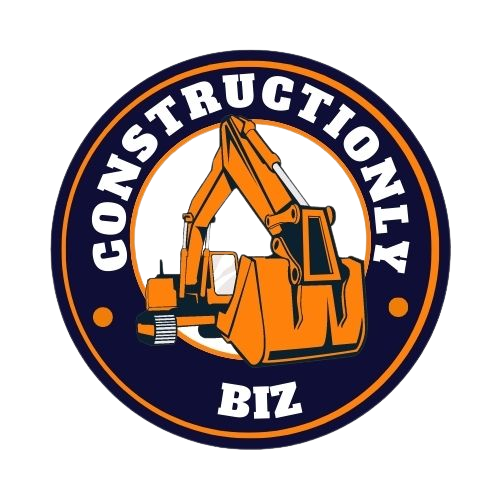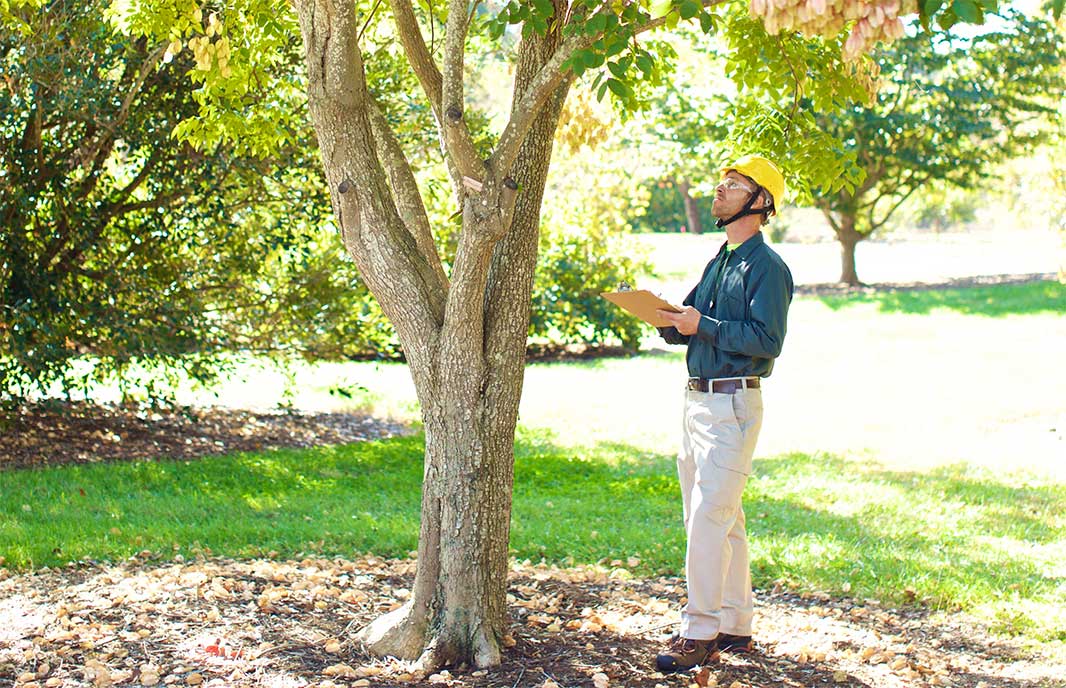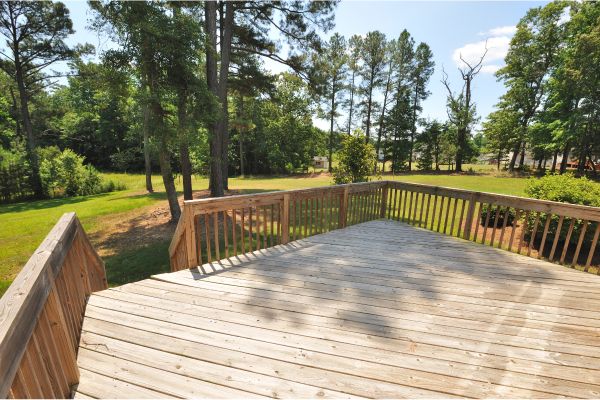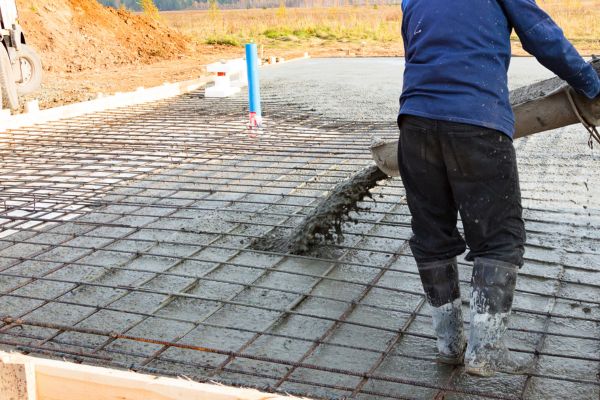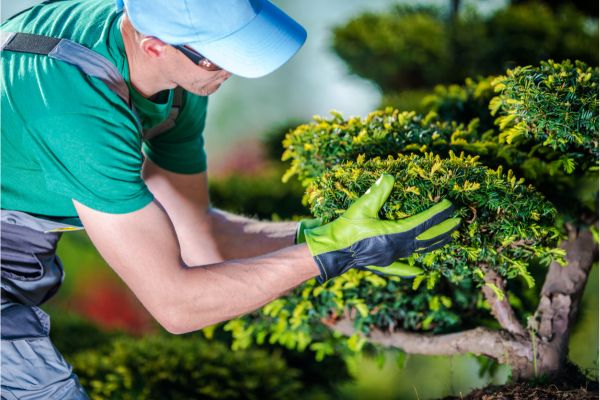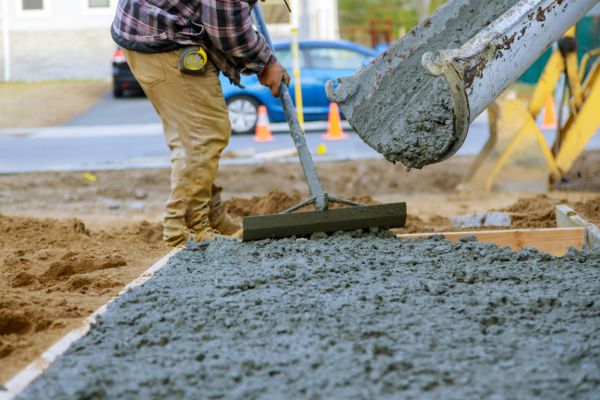Trees are not only beautiful additions to our landscapes but also crucial contributors to the environment and our overall well-being. As a homeowner, it’s essential to keep a keen eye on the health of the trees on your property. Identifying signs of trouble early can prevent potential hazards and preserve the vitality of your trees. In this guide, we’ll explore common tree health issues, how to spot signs of trouble, and steps you can take to maintain the health of your trees.
Understanding Tree Health
Trees, like any living organism, require certain conditions to thrive. A healthy tree is one that exhibits strong growth, vibrant foliage, and a sturdy structure. Beyond aesthetics, trees provide numerous benefits such as shade, air purification, and habitat for wildlife. Proper care and maintenance are essential for preserving tree health and maximizing these benefits.
Common Tree Health Issues
Trees are susceptible to various health problems, including pests, diseases, and environmental stressors. Pests such as aphids, scales, and borers can weaken trees by feeding on their leaves, stems, or roots. Diseases like powdery mildew, oak wilt, and Dutch elm disease can also compromise tree health, leading to leaf discoloration, wilting, or even death. Additionally, environmental factors such as drought, nutrient deficiencies, and soil compaction can further stress trees and make them vulnerable to other issues.
Identifying Signs of Trouble
Knowing how to recognize signs of trouble is crucial for early intervention. When inspecting your trees, look for symptoms such as yellowing or browning leaves, premature leaf drop, unusual growths or swelling on branches, and visible damage to the bark. Mushrooms growing at the base of a tree or on its trunk can indicate rot or decay within the tree. Cracks or splits in the trunk may also signal structural weaknesses that need attention.
Conducting a Tree Health Assessment
Regularly assessing the health of your trees can help catch problems before they escalate. Start by visually inspecting the foliage for any abnormalities, then examine the trunk and branches for signs of damage or decay. Use pruning shears to remove dead or diseased branches, and consider using a magnifying glass to inspect smaller areas for pests or diseases. Be cautious when climbing or using tools near trees, especially if you suspect structural issues.
Seeking Professional Assistance
While homeowners can address some tree health issues themselves, certain problems may require the expertise of an arborist or tree care professional. If you notice significant signs of trouble or are unsure about the severity of a problem, it’s best to consult with a professional. They can accurately diagnose the issue and recommend appropriate treatment options, ensuring the health and safety of your trees.
Preventative Measures and Maintenance Tips
To maintain the health of your trees, practice proactive measures such as regular watering, proper pruning, and mulching. Mulch helps retain moisture and regulate soil temperature, while pruning removes dead or diseased branches and promotes healthy growth. Additionally, ensure your trees receive adequate nutrients by fertilizing as needed and improving soil quality through aeration and organic amendments.
Takeaway
Caring for the trees on your property is not only a responsibility but also a rewarding endeavor. By learning to identify signs of trouble and taking proactive measures to maintain tree health, you can enjoy the beauty and benefits of healthy trees for years to come. Remember, early detection and intervention are key to preserving the vitality of your trees and safeguarding your landscape.
